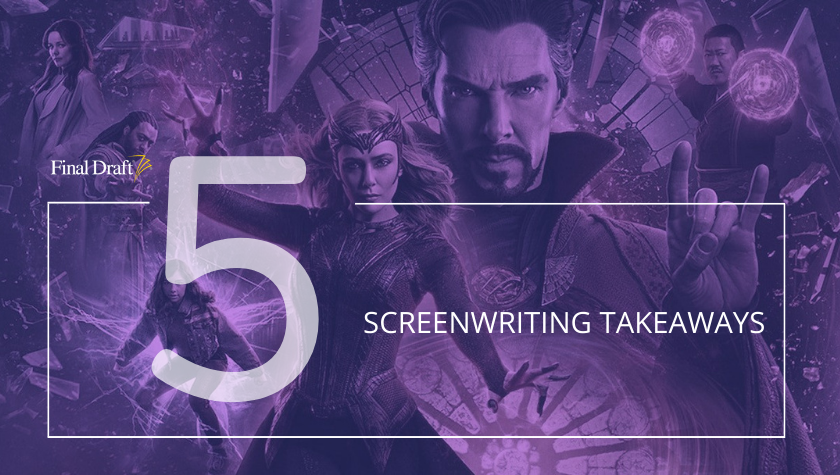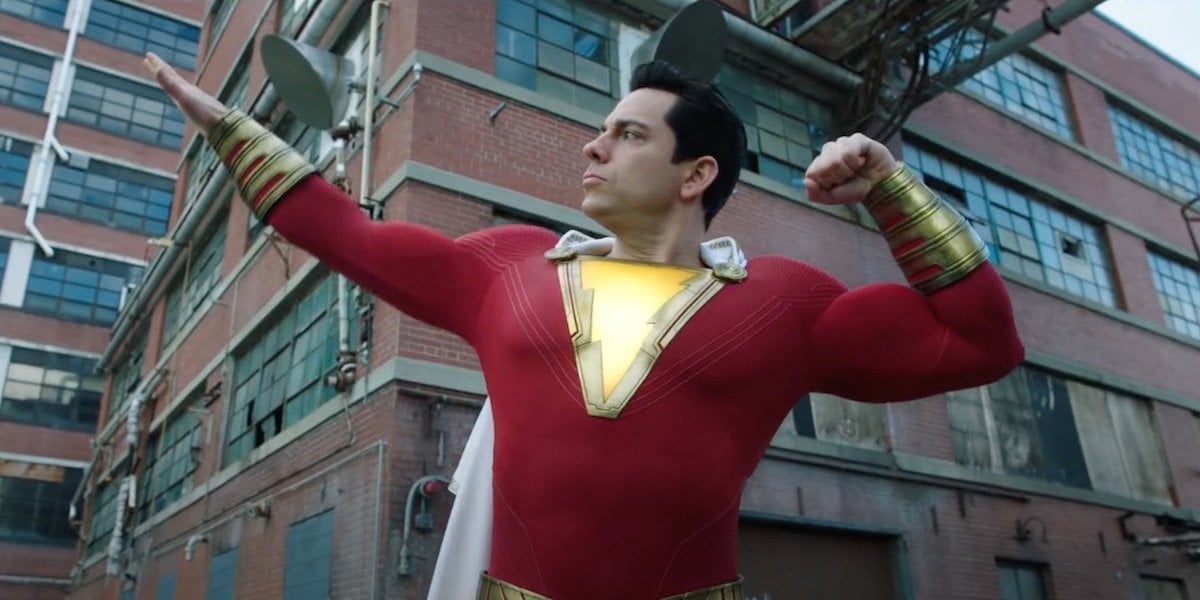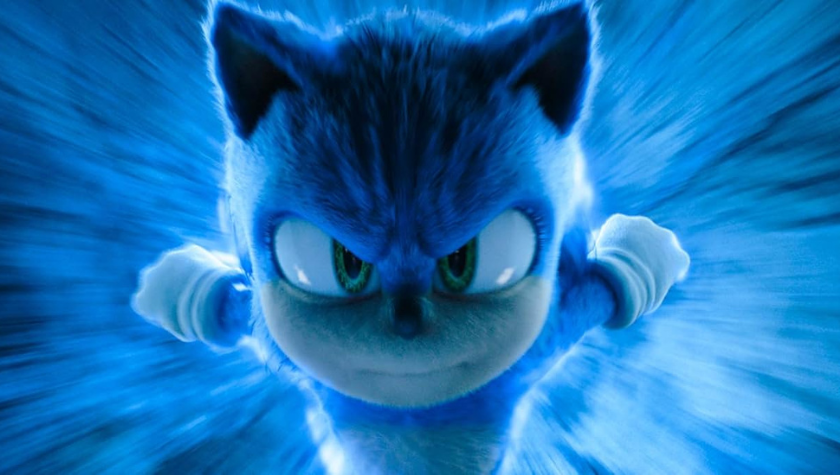5 Screenwriting Takeaways: ‘Sonic the Hedgehog 2’ and writing sequels
April 22, 2022
He’s back. The adorable and witty blue alien hedgehog returns for more antics and innocent comedy in Sonic the Hedgehog 2. This time Sonic is joined by a plucky young fan named Tails who has traveled the galaxy to track down Sonic and save him. Meanwhile, Sonic’s nemesis from the first film, Dr. Robotnik, has returned from the mushroom planet he was stranded on at the end of the first film. Tails and Dr. Robotnik swoop into Sonic’s new life where he is cozying into a relatively normal existence with his earth family, Tom and Maddie.
Just when Sonic was enjoying life and playing the hero he always wanted to be, Dr. Robotnik shows up with a fresh new enemy that is a true match for Sonic’s speed and power: Knuckles.
Sonic the Hedgehog 2 was written by Pat Casey & Josh Miller, both of whom wrote the first film, with new addition John Whittington, and Jeff Fowler back to direct. The film brings back Ben Schwartz as the voice of Sonic the Hedgehog, James Marsden, Jim Carrey, Tika Sumpter, Idris Elba and Colleen O'Shaughnessey.
Here are five screenwriting takeaways from Sonic the Hedgehog 2.
1. More of everything
Sonic the Hedgehog was the origin story of the speedy protagonist who got accustomed to living in small-town Green Hills. The sequel is bigger in almost every possible way.
Dr. Robotnik (Carrey) returns with more weapons and machines, and his sidekick from the first film, Agent Stone (Lee Majdoub). Robotnik teams up with a new dangerous foe—Knuckles (Elba)—who comes to earth to track down Sonic and retrieve the Green Diamond which he has been seeking for years. Both villains want to find Sonic but for two different reasons.
Sonic (Schwartz) needs a new teammate as well. Tails tracks Sonic to help save him from Knuckles, turning the solo hero film into a buddy comedy.
What screenwriters can observe in a film like this is how you approach writing a sequel to a hit film. It’s not enough to have another story, but sequels must top the original, stay true to the characters, introduce new characters and make the enemy harder to conquer.
2. Sonic’s world
Sonic’s journey in the first and second films are completely different. In the first film, the audience meets the character, finds out who his enemies are, and discovers his power and personality just as Tom (Marsden) does. When the film ended, Sonic had experienced a whirlwind adventure, beaten Dr. Robotnik and remained with Tom and Maddie.
In the sequel, Sonic still wants to be a hero, while at the same time he wants to settle down with Tom and Maddie in their calm domestic life. His comfortability in life combined with a desire to still be a hero become a weakness in the face of a new enemy.
Writers can see how Sonic the Hedgehog 2 shows the audience Sonic’s world. It is ultimately used against him, and several new characters will uproot his somewhat laid-back lifestyle.
3. Telling grown up jokes
Back in the 1980s and '90s, the entertainment industry learned a valuable lesson about making kid’s movies: if you make them so adults will enjoy them, they’ll be more successful. One of the most notable examples is Toy Story, a true family film that people of all ages could enjoy.
In Sonic the Hedgehog 2, there are plenty of jokes and storylines that will ensure parents can enjoy this as much as the kids. A lot of the humor comes from Jim Carrey who has been a beloved performer for decades. Parents taking their children to see Sonic the Hedgehog 2 remember Ace Ventura, Dumb & Dumber and How the Grinch Stole Christmas.
Writers can observe how the filmmakers snuck in jokes and scenes that adults can relate to, including sarcastic comments and a woman’s comedic anger when her wedding goes awry.
I can’t imagine a child laughed when Carrey stated, “You're as useless to me as a backstage pass to Limp Bizkit.” But almost all the adults did.
4. Kid-friendly action
How much violence can you get away with in a PG movie? Well, it’s not necessarily how much but how intense it is. For Sonic the Hedgehog 2, there is a lot of action and peril, but no blood or death. Sonic and Knuckles come to blows several times. The action is relentless, with everything from avalanches and giant machines to exploding drones and pipe bombs.
There are plenty of opportunities to scare the children right out of the theater, but the filmmakers keep it clean enough to ensure that families can bring their kids to a PG film without traumatizing them. Writers can see how to make even the most serious of situations lighter with action scenes that are thrilling without leaving parents feeling the need to cover their children’s eyes. The last thing a filmmaker wants in a kid’s movie is for parents to tell their friends they left because the movie was too violent or scary.
5. Scenes without Sonic
It’s rare that a protagonist shows up in every scene. Batman isn’t in every scene in his respective films, and neither is Rick in Casablanca. But what story can a writer tell that holds the interest of a movie starring Sonic without showing Sonic?
In Sonic the Hedgehog 2, there are several stories that keep the film moving but give Sonic a break from screen time. One involves Maddie’s sister’s wedding, and there are several comedic scenes with the villains. Even though Sonic isn’t in these scenes, he’s always present.
That’s what’s important to remember when writing the secondary stories of the film: these stories should still revolve around the idea and the protagonist of the film. Every scene without Sonic still had his presence.
Sonic the Hedgehog 2 is currently in theaters.
Written by: Steven Hartman
Steven Hartman is an award-winning, optioned screenwriter. He was a Top 5 Finalist in Big Break’s Historical Category in 2019 and won Best Action/Adventure in Script Summit’s Screenplay Competition in 2021. He holds a Bachelor of Arts degree from Columbia College and had internships at Jerry Bruckheimer Films and Village Roadshow Pictures. Steve is a full-time writer and creative video producer by day and a screenwriter and novelist by night.



